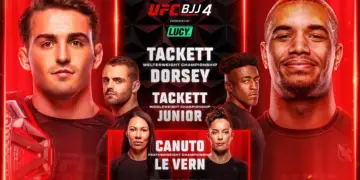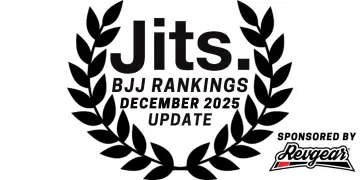It can be people to start their first BJJ class and a lot of the confusion comes from the fact that there are a lot of terms and phrases specific to Jiu-Jitsu. Of course it’s often difficult to understand the sport in general and it requires a lot of practice, both physically and mentally. While there are certain basic positions that everyone needs to know about in order to be able to understand grappling, the smaller battles within those positions are another layer altogether. The first step to winning those smaller battles is understanding them, and knowing the key terms and phrases being used is vital to doing that.
For more of our BJJ guides that explain the different aspects of the sport, click here.
The Ultimate BJJ Guide To Jiu-Jitsu Terms And Phrases
The fact that there are a ton of terms and phrases specific to BJJ isn’t a unique element of the sport, Jiu-Jitsu is just like every other sport or hobby in this way. Using single words or short phrases to explain broader concepts is significantly quicker when all parties understand the meaning behind them. A problem only arises when someone doesn’t understand the meaning of those key phrases, and that problem gets compounded by the fact that most people don’t want to look silly by asking. There’s nothing silly about it though, nobody can know something that they haven’t already been taught or figured out. If you’re still not confident enough to ask your Jiu-Jitsu instructor, use this handy guide to the most common terms and phrases you’ll hear in a BJJ class.
General Terms
Posture – How your straight and stable your spine is, allowing for a great application of force without compromising form.
Grip – Any configuration of your hand or hands, on an opponent. Grips can be made anywhere and may be with either one or two hands.
Frame – The use of one of your limbs in order to maintain space between you and your opponent. Frames can be made with either the arms or legs, and in a variety of different positions.
Post – Any limb that is being used to support the rest of the body, allowing you to avoid being taken down or swept.
Base – The use of the core and lower body to remain stable and difficult to sweep from the top position, employing both balance and weight distribution.
Sweep –The act of transitioning from bottom position to top position, using some form of guard to achieve that.
Reversal – The act of transitioning from bottom position to top position without the use of any form of guard to achieve that.
Top Pressure – The ability to apply weight to an opponent in order to limit their movements. The use of correct grips and body positioning allows players to magnify their weight and apply more top pressure.
Kuzushi / Off-Balance – The act of disrupting your opponent’s balance and causing them to be unstable, allowing for easier application of takedowns or sweeps.
Guard – Any position where your legs are in between your upper body and your opponent’s upper body, preventing them from securing dominant positions and allowing you to attack.
Clinch – Any standing position where the players are connected via the upper body, not the lower body. There are a variety of different situations but they all rely on upper body contact.
Pummel – The act of weaving a limb from the outside, to the inside. This can be done with either the arms or the legs, and standing or on the ground.
Rolling – The most widely-used of all terms and phrases for sparring in BJJ class, starting from either standing or the more often on the ground in Jiu-Jitsu.
Takedown – This is any method of getting an opponent to the floor from a standing position, putting them in any bottom position.
Structure – The culmination of several frames together, that creates a stable position capable of preventing an opponent from applying significant pressure.
Specific Terms
De La Riva Hook – Using your leg to loop behind the opponent’s leg, with the calf against the back of their knee. A standard De La Riva hook is from the outside looping in, and a reverse De La Riva hook is from the inside looping out.
Butterfly Hook – The use of your leg to control inside the opponent’s leg, with your shin against the inside of their thigh and the foot flexed.
Shrimp / Hip Escape – Planting one foot either on the floor or on the opponent and using it to turn your hips and move your butt away from them, creating space in the process.
Bridge – Planting one or both feet on the mat and driving the hips towards the ceiling. This is usually done to create space, or to finish certain submissions like the armbar.
Lasso – The use of your leg to loop around the opponent’s arm, from the outside in. The foot then reaches into the space by the armpit while your hand on the same side controls their sleeve or wrist.
Collar Tie – The use of an arm to control the back of an opponent’s neck, either from standing or on the ground. The hand grips the back of the neck while the elbow drops down towards the chest, and this can also be done with both hands at once.
Underhook – Lacing one arm underneath the opponent’s armpit and reaching deep around their back, from either standing or on the ground.
Overhook – Lacing one arm over the opponent’s arm and reaching deep into their armpit, from either standing or on the ground.
Crossface – Placing one arm underneath the opponent’s head while you are on top, driving that shoulder into their jaw to create pressure.
Gable Grip – Connecting both hands in a palm-to-palm fashion, with the fingers of each hand gripping around the side of the other hand.
S-Grip – Connecting both hands at the fingers, curling them around each other and forming an S-shape with both hands.
Sprawl – Driving your hips to the floor while your legs shoot backwards, often done to defend against a takedown.
General Phrases
Breaking / Stripping Grips – Using specific techniques to remove the grips that your opponent has on you, this is one of the key elements of gripfighting.
Passing the Guard – Getting past your opponent’s legs and into a dominant position. This is one of the most common phrases you will hear in BJJ and one of the key terms, as it is a point-scoring transition in every Jiu-Jitsu ruleset that has points.
Posting / Basing Out – The act of maintaining top position by extending out one of your limbs or your head in order to re-balance and avoid being swept or reversed.
Wrestling Up – Transitioning from a bottom position to a top position through the use of wrestling techniques, sometimes resulting in a return to a standing position.
Breaking their Posture – Using grips in order to bring the opponent’s spine out of alignment, making it easier to shut down what they’re attempting to do.
Positional / Situational Sparring – Training with full resistance but within a limited scenario. Instead of attempting to submit one another by any means necessary, there will likely be smaller goals set in place instead like passing the guard or escaping a position.
Flow Rolling – Training with significantly less resistance and intensity, although not zero. The goal here is to repeat sound technical movements, prompting the correct defenses and transitions in response.
Shooting – Closing the distance and quickly changing levels, allowing you to get underneath the opponent’s hips and into a takedown attempt.
Specific Phrases
Turning / Cutting the Corner – During a double-leg takedown, changing the direction that you are going and driving the opponent to the left or right instead of a straight backwards.
Breaking the Guard – While on top in closed guard, managing to separate the opponent’s ankles and force them to open their guard in order to begin passing.
Exposing the Back – Forcing your opponent to turn away from you through any one of a variety of different methods, allowing you to attempt to take their back.
Turning To Turtle / Turtling Up – Turning away from an opponent and onto your knees in the turtle position, usually done to deny the opponent’s ability to score points or to begin wrestling up.
Getting Hooks in – The process of putting both legs around an opponent when you are behind them, putting your feet on the inside of their thighs.
Other Jiu-Jitsu Terms and Phrases used in BJJ
This is not an exhaustive list of all of the terms and phrases that you could possibly encounter in BJJ, and many Jiu-Jitsu gyms will have their own specific language. 10th Planet gyms in particular are a great example, as many of the phrases that they use won’t be heard in any other affiliation or academy. If you’re truly unsure of what your coach is referring to and it can’t be found here, the best approach is always to ask them and find out firsthand. There are no silly questions and everyone has been unsure at one point or another, so there is nothing to be ashamed of.













